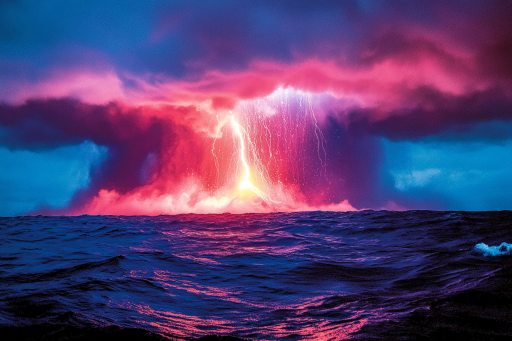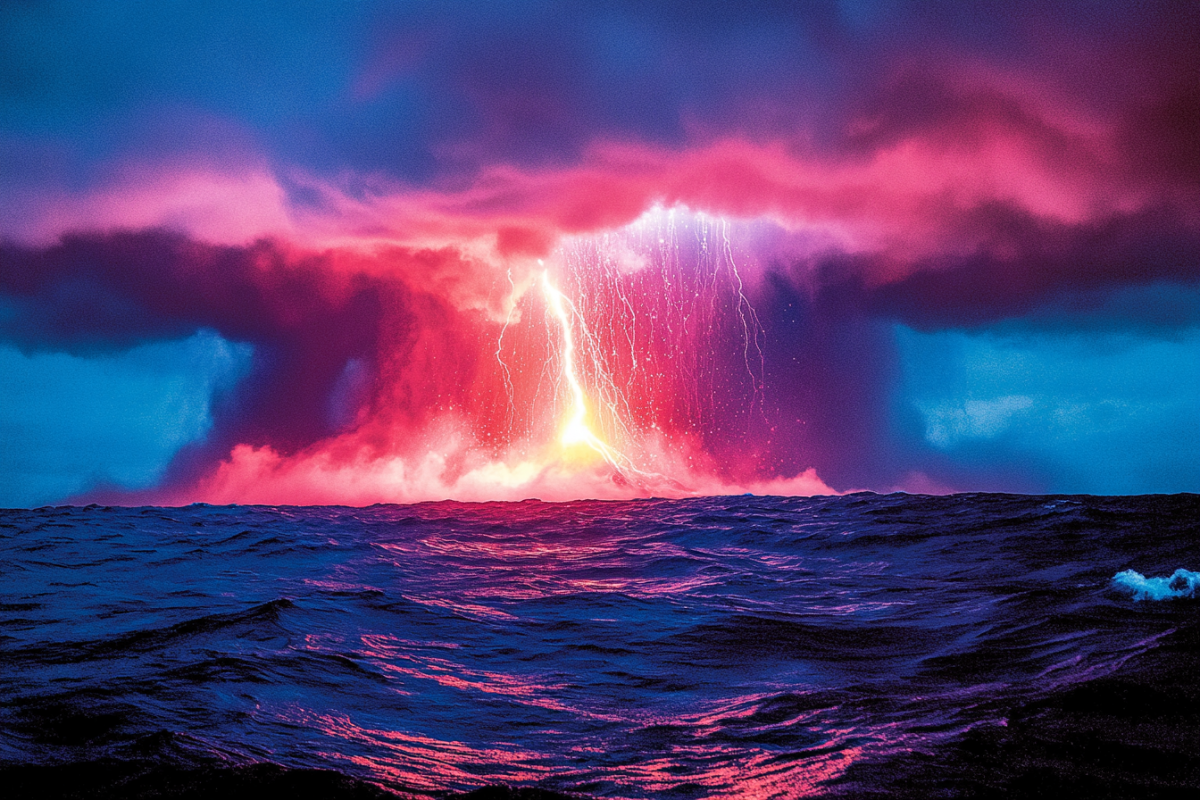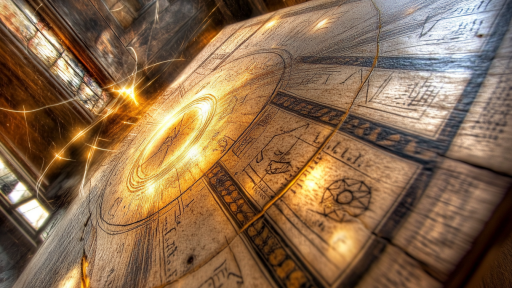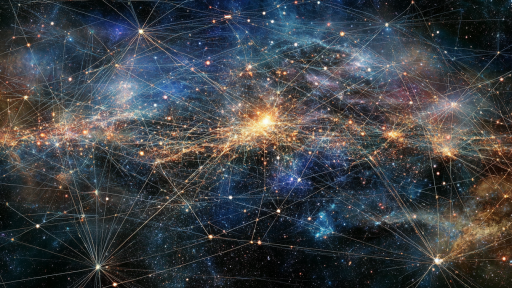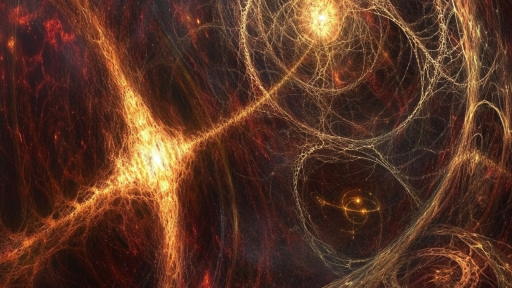
Nature follows a set of predictable rules—until it doesn’t. From animals that defy biology to landscapes that rewrite geography, the natural world has a way of surprising us when we least expect it. Some of these phenomena challenge what we know about science, while others hint at mysteries we have yet to fully understand. Here are moments when nature decided to break its own rules, leaving scientists and explorers baffled.
The Immortal Jellyfish That Cheats Death

Most creatures live and die within a set lifespan, but Turritopsis dohrnii, also known as the “immortal jellyfish,” has found a way to rewind the clock. When faced with starvation or injury, it transforms its adult cells back into their earliest stage, essentially starting life over again. This ability allows it to theoretically live forever, making it one of the few creatures on Earth that defies aging. Scientists are still unraveling how this process works and whether it could one day apply to humans.
The River That Boils Like a Cauldron

In the heart of the Amazon rainforest, a mysterious river defies logic by boiling hot enough to kill anything that falls into it. Known as Shanay-Timpishka, this river reaches temperatures up to 200°F (93°C) despite being far from any volcanic activity. Scientists believe geothermal heat from underground fissures is responsible, but the sheer intensity of the heat remains an anomaly. This phenomenon challenges what we know about geothermal activity in non-volcanic regions.
The Plant That ‘Hunts’ Prey

Plants are supposed to be passive, absorbing nutrients from the soil, sun, and rain—but not the Venus flytrap. This carnivorous plant actively lures, captures, and digests insects using specialized trigger hairs that snap shut when touched. Unlike other plants, it doesn’t rely on photosynthesis alone; it’s adapted to consume living creatures to survive. This defies the traditional idea that plants exist at the bottom of the food chain.
The Underground Lake That Shouldn’t Exist

Deep beneath Antarctica’s ice lies a hidden lake that remains liquid despite being buried under miles of frozen landscape. Lake Vostok, isolated from sunlight and external influences for millions of years, remains unfrozen due to geothermal heat from below. This mysterious body of water is a time capsule, potentially harboring ancient life forms that have never been exposed to modern conditions. It challenges what we understand about extreme survival and deep-earth ecosystems.
The Spider That Lives Underwater

Spiders are land-dwelling creatures—except for the diving bell spider, which has mastered underwater survival. This species creates air bubbles and carries them beneath the surface, allowing it to live and hunt underwater like a fish. Scientists have found that the spider’s bubble acts like a gill, extracting oxygen from the water to allow it to breathe indefinitely. It’s a perfect example of nature ignoring its own evolutionary guidelines.
The Volcano That Shoots Lightning

Volcanoes already defy nature’s calm, but some go even further by creating their own lightning storms. This rare phenomenon, known as volcanic lightning, occurs when ash particles collide, generating massive electrical charges. The result is a terrifying display of fire, smoke, and crackling bolts of electricity, turning the sky into a storm of fire and light. This explosive combination challenges what we know about weather and geology.
The Fish That Walks on Land

Fish belong in the water, but the mudskipper prefers to spend most of its time on land. Using modified fins, it drags itself along the shore, hunting for food and even climbing low branches. This amphibious lifestyle challenges the boundary between fish and land-dwelling creatures, blurring the lines of evolution. It’s a glimpse into how life might have first emerged from the sea millions of years ago.
The Ice That Burns

Fire and ice are supposed to be opposites, but frozen methane hydrates found in deep-sea deposits challenge that idea. These strange ice formations can be set ablaze, burning with a blue flame while remaining solid. Found in ocean floors and permafrost regions, these hydrates are both a potential energy source and an environmental hazard, as they release powerful greenhouse gases when melted. This paradoxical material exists at the crossroads of chemistry and climate science.
The Rocks That Move on Their Own

In California’s Death Valley, giant rocks mysteriously slide across the desert floor, leaving long trails behind them. Known as “sailing stones,” these rocks seem to defy physics by moving without human or animal intervention. Scientists now believe a rare combination of thin ice sheets, wind, and just the right temperature conditions cause the stones to glide slowly over time. It’s a reminder that even the seemingly lifeless parts of nature can have a mind of their own.
The Lake That Turns Animals to Stone

In Tanzania, Lake Natron is so caustic that it can seemingly “petrify” creatures that come into contact with it. The lake’s extreme alkalinity, caused by high concentrations of sodium carbonate, preserves the bodies of birds and other animals, making them appear like eerie stone statues. Despite these deadly conditions, some life forms, like flamingos, have adapted to thrive in its waters. This bizarre lake challenges the limits of where life can exist.
The Animal That Can Survive in Space

Tardigrades, also known as water bears, can survive in the vacuum of space, extreme radiation, and even boiling temperatures. These microscopic creatures enter a state called cryptobiosis, where they lose almost all their water and essentially shut down until conditions improve. Scientists have sent them to space, exposed them to lethal environments, and they have still managed to come back to life. This tiny organism rewrites the rules of what it means to be indestructible.
Nature’s Rulebook Is Still Being Written

For all the patterns we recognize in the natural world, it’s clear that nature has no obligation to follow them. The universe is full of strange exceptions that remind us just how little we truly understand. Each discovery forces us to rethink what’s possible, proving that even the most well-established laws of science can be challenged. The only real rule in nature might be that there are no rules at all.

